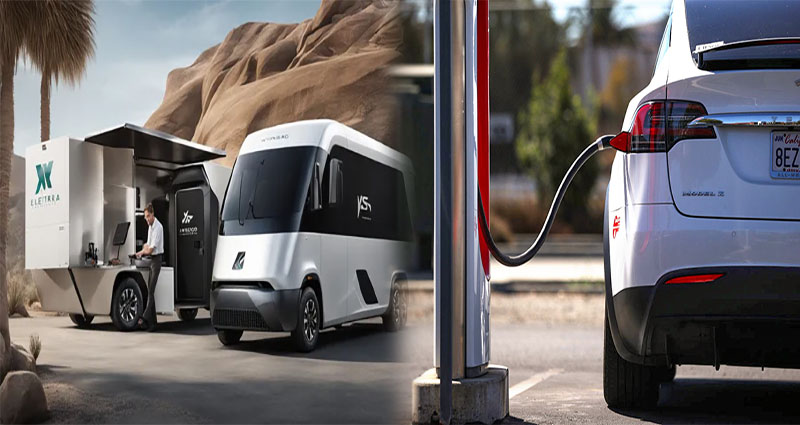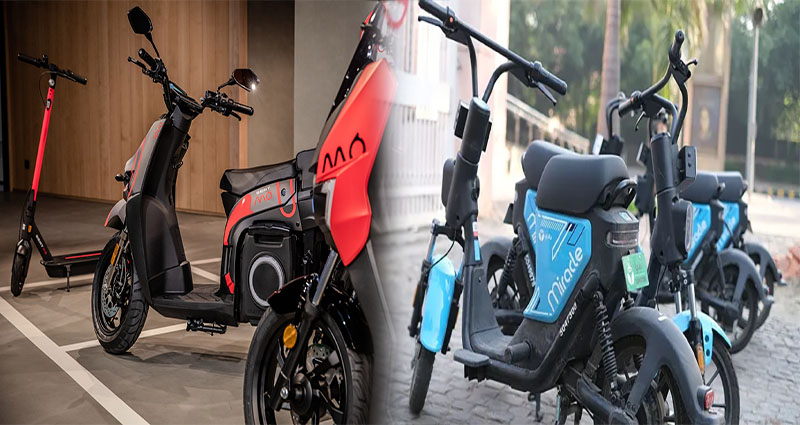Exploring Specialty Electric Vehicles
Specialty electric vehicles are a diverse category of electric-powered vehicles designed for specific purposes, applications, and industries. These vehicles cater to a wide range of needs, from recreational activities to industrial operations, and offer unique features and capabilities. Let’s delve into some of the notable types of specialty electric vehicles and explore their advantages and uses.
1. Golf Carts
Electric golf carts are popular in golf courses, resorts, and recreational facilities for transporting players and equipment around the premises. These compact vehicles are quiet, environmentally friendly, and cost-effective compared to traditional gas-powered golf carts. Electric golf carts offer smooth acceleration, low maintenance requirements, and zero emissions, making them a preferred choice for golf course owners and operators.
2. Electric ATVs and UTVs
Electric all-terrain vehicles (ATVs) and utility task vehicles (UTVs) provide off-road enthusiasts, farmers, and utility workers with eco-friendly and powerful alternatives to traditional gas-powered vehicles. Electric ATVs and … READ MORE ...
Exploring Electric Public Transportation Vehicles
Electric vehicles are rapidly gaining popularity, not only for personal transportation but also for public transportation. In recent years, electric buses and trains have become increasingly prevalent, providing eco-friendly and efficient transportation options for commuters. Let’s take a closer look at some of the benefits and features of electric public transportation vehicles.
1. Reduction in Emissions
The primary advantage of electric public transportation vehicles is their significant contribution to reducing carbon emissions. Public transportation vehicles such as buses and trains, traditionally powered by gasoline or diesel, are major contributors to air pollution and greenhouse gas emissions. Electric vehicles, powered by electricity generated from renewable sources, produce zero tailpipe emissions, reducing the carbon footprint of public transportation.
2. Cost-Effective
Electric public transportation vehicles can be cost-effective in the long term, despite the high initial investment. The cost of operating an electric vehicle is comparatively less than that of traditional vehicles, due … READ MORE ...
Exploring Electric Two-Wheelers (Motorcycles and Scooters)
Electric two-wheelers, including motorcycles and scooters, have gained significant attention in recent years as an eco-friendly and efficient mode of transportation. With advancements in technology and a focus on sustainability, electric two-wheelers are becoming increasingly popular among commuters and enthusiasts alike. Let’s take a closer look at the benefits and features of these electric vehicles.
1. Environmental Benefits
One of the most significant advantages of electric two-wheelers is their positive impact on the environment. Traditional motorcycles and scooters often run on gasoline, emitting harmful pollutants into the atmosphere. In contrast, electric two-wheelers operate using electric motors powered by rechargeable batteries, producing zero tailpipe emissions. This reduction in carbon emissions helps combat air pollution and contributes to cleaner air quality, making electric two-wheelers a greener transportation option.
2. Cost-Effectiveness
Electric two-wheelers offer a cost-effective solution for commuting. Compared to conventional gasoline-powered vehicles, electric two-wheelers have lower maintenance costs as they are … READ MORE ...
Exploring Electric Trucks and Vans
As the world moves towards a greener and more sustainable future, the transportation industry is also embracing the shift to electric vehicles (EVs). While passenger cars have gained significant attention, electric trucks and vans are now emerging as a promising solution for reducing emissions and transforming commercial transportation. Let’s delve into the world of electric trucks and vans and explore their benefits and challenges.
What Are Electric Trucks and Vans?
Electric trucks and vans are commercial vehicles that are powered by electric motors, using battery packs as their primary source of energy. These vehicles offer the same advantages of electric cars, such as zero emissions and reduced operational costs, but are designed to meet the specific needs of commercial use, including cargo transport, delivery services, and utility operations.
The Benefits of Electric Trucks and Vans
- Reduced Emissions: One of the significant advantages of electric trucks and vans is their ability
Exploring Electric Scooters and Bicycles
Electric scooters and bicycles have become increasingly popular modes of transportation in recent years, offering a convenient and eco-friendly alternative to traditional vehicles. As cities continue to prioritize sustainability and reduce carbon emissions, more and more people are discovering the benefits of electric scooters and bicycles for commuting and leisurely rides.
One of the significant advantages of electric scooters and bicycles is their ease of use and accessibility. Unlike traditional bicycles, which require physical exertion to propel forward, electric scooters and bicycles are equipped with motors that provide an extra boost. This is particularly useful for people with limited mobility or those who may struggle with physical exertion. Electric scooters and bicycles allow individuals to travel longer distances without feeling fatigued, making them an ideal option for commuting to work or exploring a new city.
Another noteworthy benefit of utilizing electric scooters and bicycles is the positive impact they have … READ MORE ...








